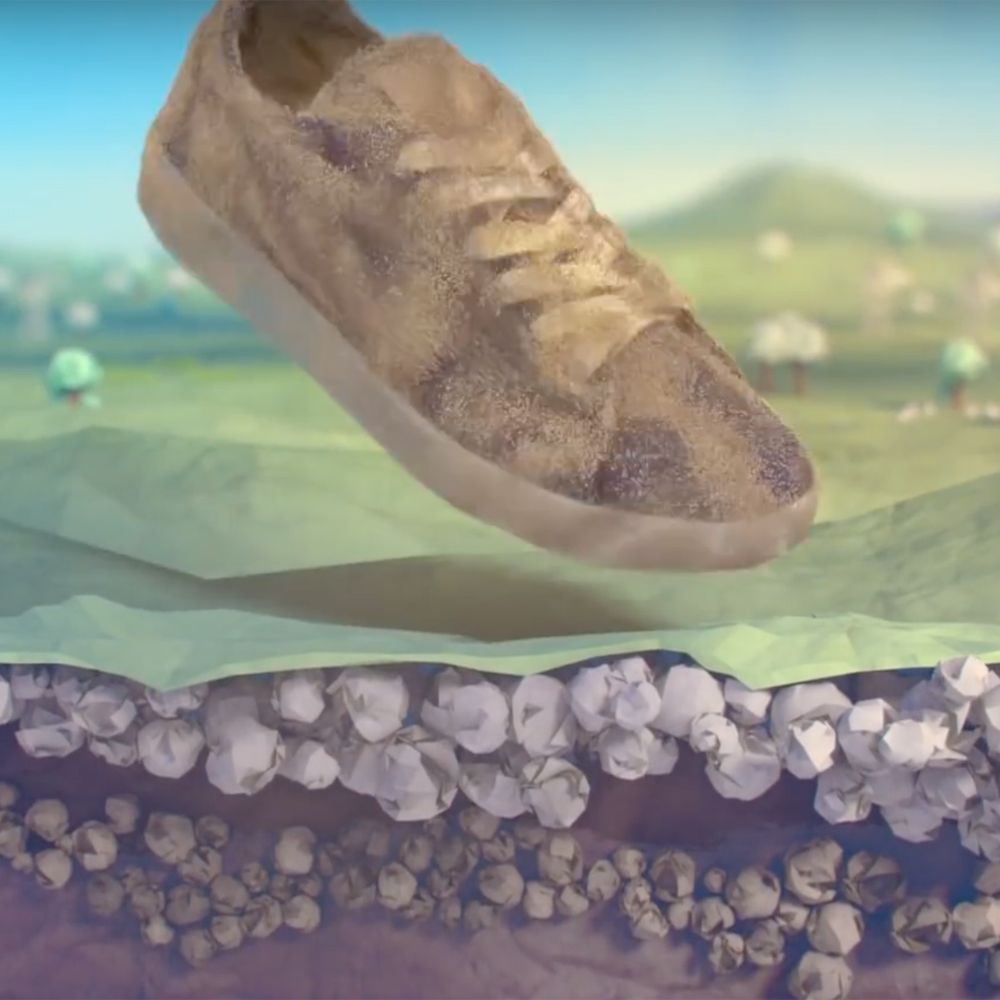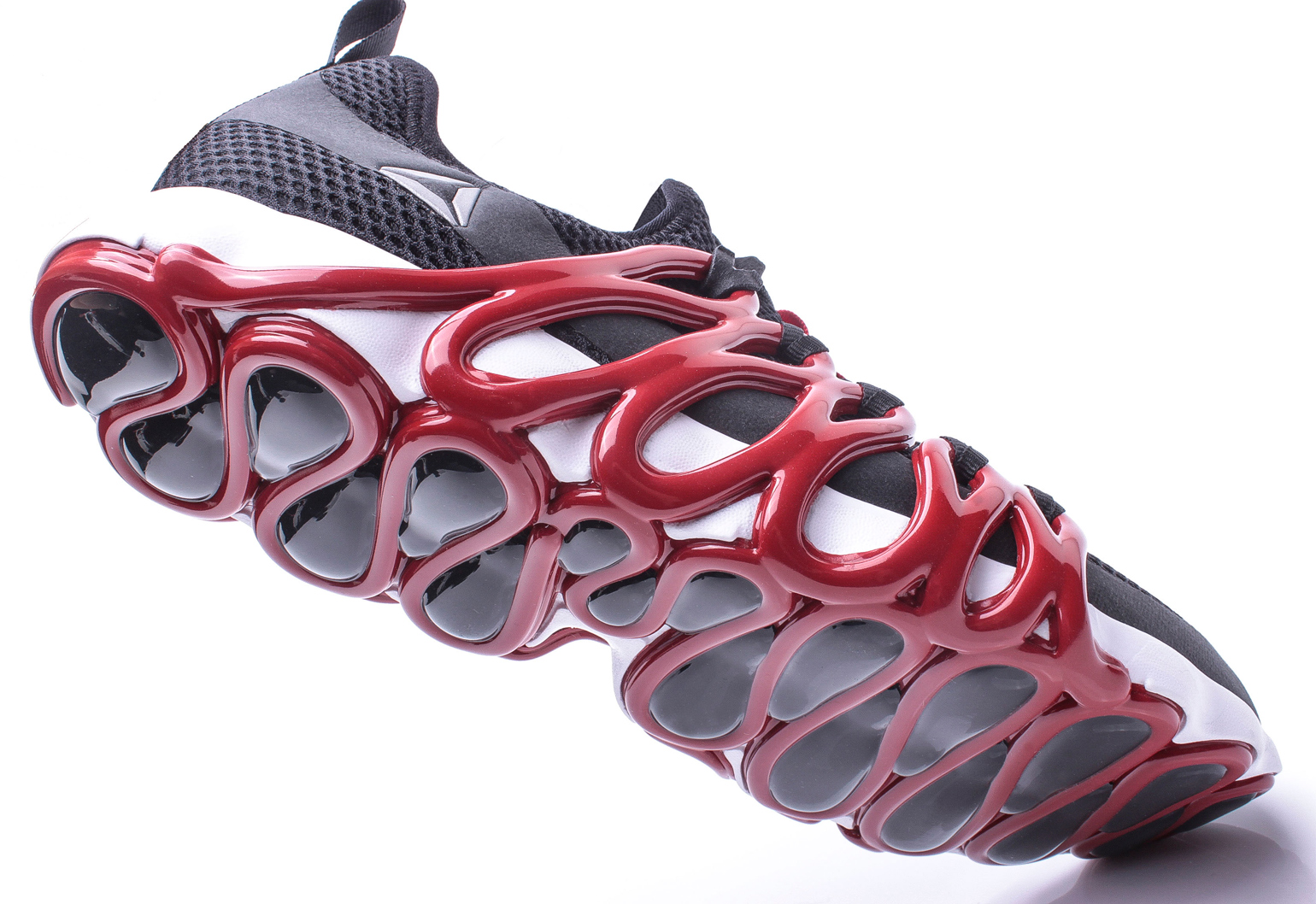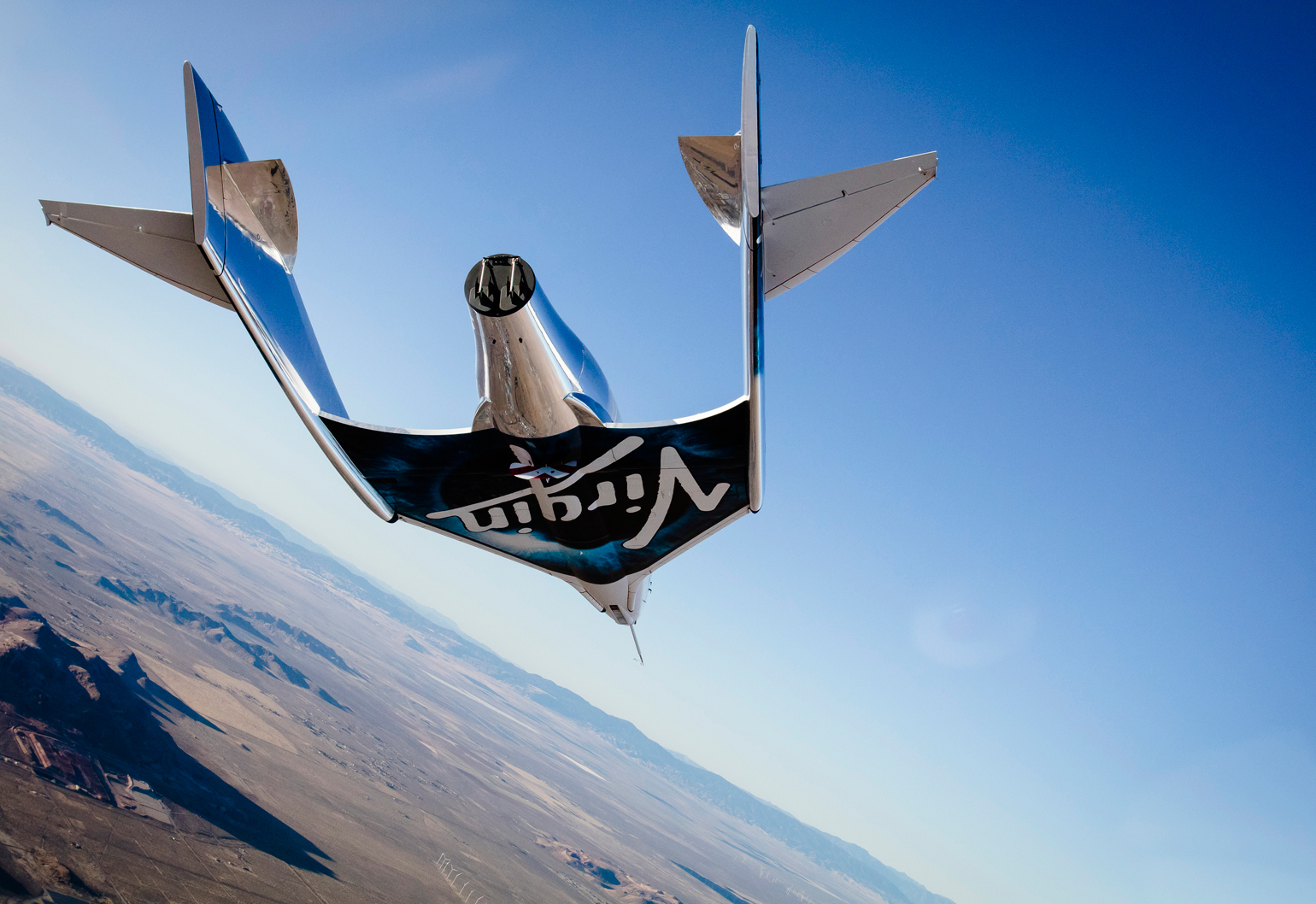The way we’ve made shoes is wasteful, labour intensive and hasn’t changed much in recent decades. Former NASA engineer Bill McInnis from Reebok wants to change that.
He has inventor credits for several unusual and attention-grabbing shoes described as looking like Slinkies or ‘space-nipples’, but Reebok’s Bill McInnis is no longer that concerned with products. As Head of Reebok Future, the former NASA engineer and 24-year veteran at the company is now fo cused on processes. It’s improvements in this area – especially in terms of manufacturing – that the footwear industry desperately needs.
The labour-intensiveness and reluctance to automate mean production looks roughly similar to what it did three or so decades ago, and which will often get carried out wherever raw labour costs are lowest.
“Everything you see on automation, in computer assembly and automotive assembly: none of that really exists yet in footwear,” he said.
McInnis heads a team of 14, including engineers, designers, CAD specialists and rapid prototyping experts, trying to fix the archaic ways many shoes get put together. One effort ramping up is its Liquid Factory concept, a technique of robotically ‘drawing’ shoes out of polyurethane, and which it is convinced can be scaled to bring production closer to the consumer.
“Partnership with factories, working to figure out what a production line of machines looks like as opposed to singular, discrete machines, like we have right now,” he says of current focus areas for the project. “All of that is new territory for the footwear industry and pretty fascinating for me.”
From shuttles to shoes
McInnis joined the company in 1994, following a return to school for an MBA.
A mechanical engineering graduate, he spent four years at NASA prior to his business degree, working on a program called the Inertial Upper Stage. The two-stage solid rocket project took satellites “from low-earth orbit, which is about 300 miles (482 km) up, to geosynchronous orbit.”
It might’ve been a dream job for many young engineers, and McInnis speaks of it with fondness, but he couldn’t match the enthusiasm of co-workers. Some of these had been on the job for 25 years and “were still endlessly fascinated with every nut and bolt that went into the process,” McInnis said.
“I liked it a lot, but I didn’t love it like those guys did, so my switch to footwear – disappointing as it was to my parents – was because I needed to find something that I was equally fascinated about.”
Unconventional inspirations
The first sneaker McInnis was heavily involved in was the DMX in 1997, and his roles have tended to have a product innovation bent.
These have included the ATV19+, released in 2013 and which borrowed ideas from an all-terrain vehicle’s wheels and body. The unusual design and 19 lugs for traction and stability earned the shoe plenty of attention – some of it bemused – and it was described as having a “weird space-nipple look” by Mashable.
Bill McInnis, Head of Reebok Future.
Another novel design was the zigzag-soled ‘ZigTech’ model, which McInnis said was inspired by a Slinky toy and the efficiency with which it transfers energy from ring to ring.
New, unorthodox designs will inevitably be dismissed as gimmicks by some, especially in the world of consumer products. Asked his philosophy about the difference between innovation and gimmick, McInnis said that the former actually provides a fundamental, measurable advantage in performance.
“There’s a lot of very visual sort of technologies, and I use air quotes around ‘technologies’, that if you were blindfolded and the shoe was put on your foot and another shoe that’s made with simple old foam was put on your other foot, you’d be hard-pressed to tell a difference,” he said.
The company’s ultra-popular Pump shoes, which were introduced in 1991, took off through that decade. McInnis led the resurrection of the brand in 2005 with the Pump 2.0.
“It was something that was very popular for people to say, ‘That’s a gimmick,’ but the truth is – if you’re a basketball player in particular, and you pump up the shoes, particularly the big sort of pump chamber versions of those shoes – you feel a very, very big difference and it’s noticeable.”
The charge of gimmickry sometimes comes due to the difficulty in playing a ‘translation game’, according to the inventor. This involves converting a set of technical improvements into a concise package for a non-technical audience.
“You’ve got to make it simple enough to get across in a headline,” he said.
“The end perception is then left to the world.”
The dawn of drawn shoes?
As with the examples above, McInnis encourages his team to look to the world outside of footwear for ideas on new processes.
This is the case with the Liquid Factory concept, which was borrowed from robotic polyurethane dispensers used to draw on gaskets in factories.
It adapts a three-axis, gantry-type machine already used in production. Material from polyol and isocyanate tanks is combined in a mixing head above the dispensing nozzle and laid down at industrially-suitable speeds.
A 3D printer produces the Liquid Speed pattern.
The lack of options with 3D printing (as well as speed and cost) has made it difficult to incorporate into shoemaking, says McInnis, which this process improves on.
A well-understood and versatile industrial ingredient, liquid polyurethane can be made into varying levels of finished hardness, and is also used in adhesive applications. This means the mix can also be made to stick without the addition of glues, which cuts out another step in manufacturing.
“It’s creating something three dimensional so that you can, essentially, have that extruding machine act like a 3D printer and draw your bobbin units, your cushioning platforms, your traction platforms, in three dimensions,” he said.
Asked about cycle times, McInnis says the head moves very quickly and is already used for production. It does away with putting material into and taking it out of moulds, and needs no post-processing.
“You get pretty much a fair trade in terms of cycle time,” he says. “As fast as existing manufacturing, if not faster.”
The process has been to create a limited run of 300 sneakers sold last year, with the outsole and lacing systems ‘drawn’.
“So partnerships with factories, working to figure out what a production line of machines looks like as opposed to singular, discrete machines, like we have right now,” McInnis said.

Looking past petrochemicals
Another project, announced this year but in the works for about five, is the Cotton + Corn effort. The goal to be realised this year (at least in a limited form) is to produce compostable shoes with a cotton upper and bio-based sole.
According to the company, such shoes will help to tackle the waste at the start (through using petroleum-based chemicals) and end (through ending up in landfill) of a shoe’s life.
Simple, non-mid-soled shoes have been made so far, as the company hasn’t yet ‘cracked the code’ on a foam substitute out of industrial corn-based propanediol made by DuPont Tate & Lyle.
“We have to use special moulds: these bottoms are injection-moulded instead of regular compression bottom units,” McInnis said.
“Getting the material so it flows properly because it is injection-moulded, doesn’t burnin the mould … A lot of things that we’re used to from other projects but when you’re presented with a brand-new material, it always behaves differently.”

Improving on old moulding procedures – or doing away with them entirely, in the case of Liquid Factory – are what excites him.
After nearly a quarter-century in footwear, there’s been nowhere near enough done to modernise, believes McInnis. If it’s going to deliver on much-discussed consumer demands for improved sustainability and mass customisation then big steps will have to be taken.
“You can change the geometries, the hardnesses, the firmnesses, the responsiveness of the material, the colour of the material, what you do on the upper of the shoe, almost as fast as you can think of it,” he says of the possibilities.
“And once you can go from having to make 50,000 pairs or 100,000 pairs of anything in order to make money down to, ‘I could make 50 of them or five of them,’ you get to much more customised, almost-bespoke options for consumers. So now you can really dial in, ‘This is how I want it to feel. This is how I want it to look, and this is my shoe versus your shoe’.”



